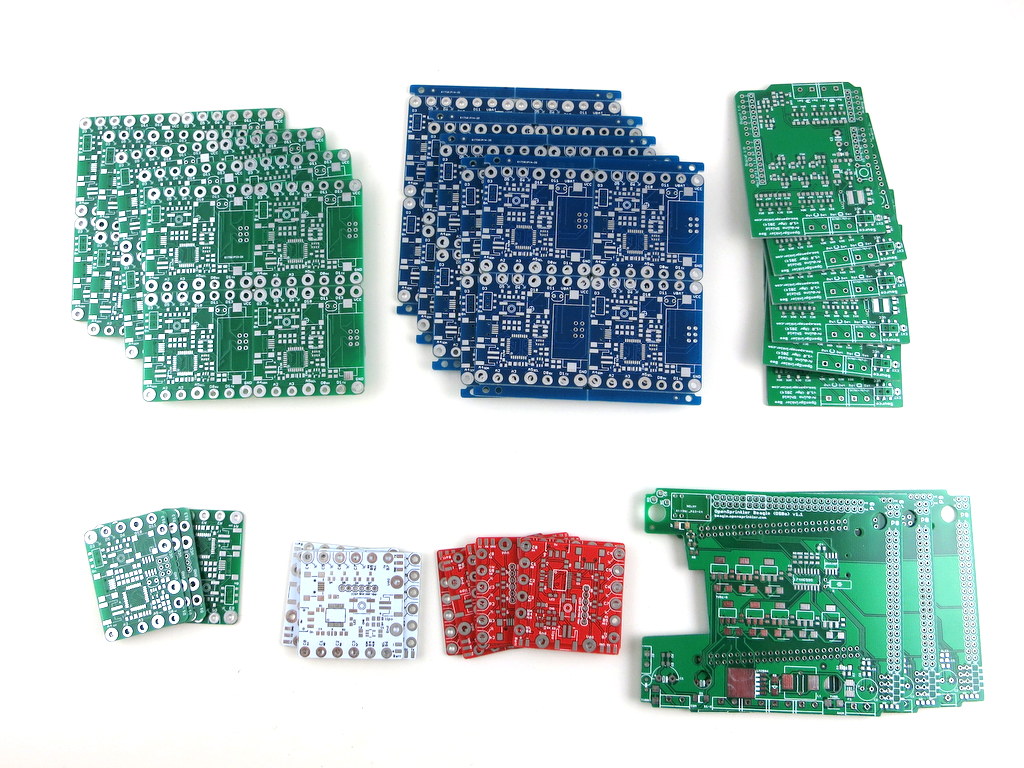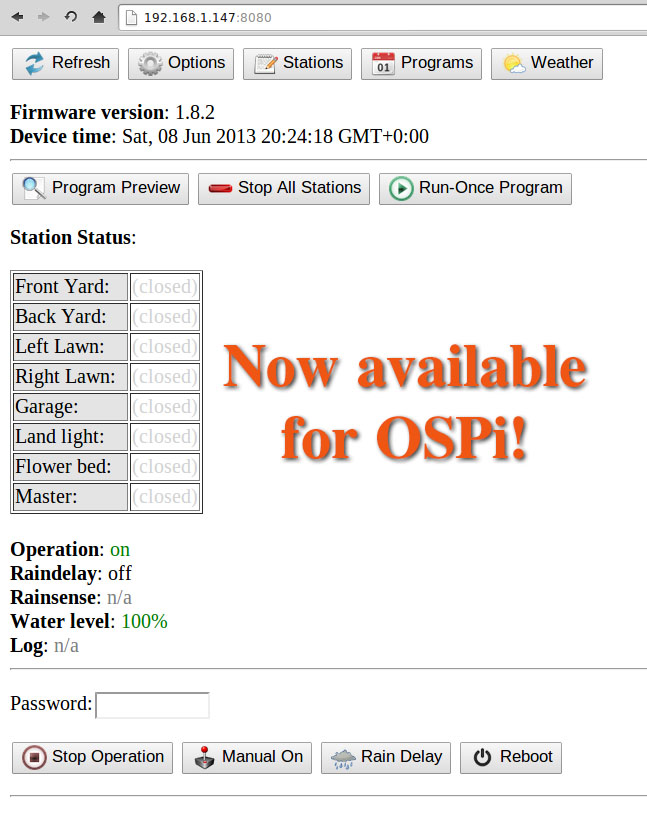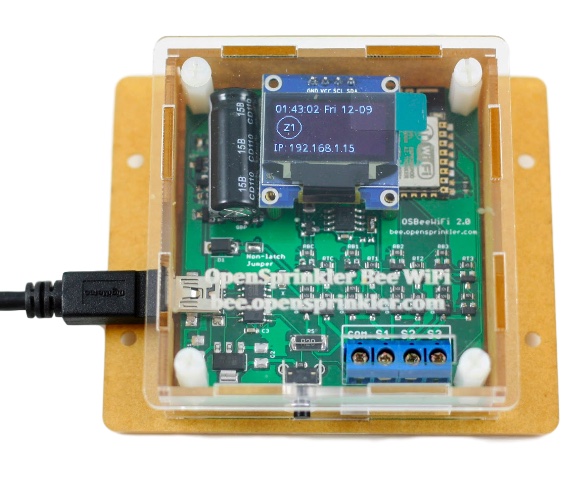
This will help ensure that the detection system activates before a sprinkler head operates. Typically, the detection system, will have a lower temperature rating than the sprinklers. In addition to sprinklers, the room has complete automatic heat detection. To better explain how these types of systems work, we’ll walk through an example using a room that is protected with sprinklers fed from a preaction system.

There are three different types of preaction systems, a non-interlock system, a single interlock system, and a double interlock system. Of all the sprinkler system types perhaps the most complicated is the preaction system. It is important to note that a least the portion of the building where the water comes in and the dry pipe valve is located will need to have temperatures hot enough to prevent freezing. The size limitation is intended to minimize the amount of time water delivery is delayed.Ī dry pipe system is a great option for unconditioned spaces, or locations where the temperature of the space cannot be guaranteed to be high enough to prevent water in the system from freezing. Since there is a delay between sprinkler operation and water flow, the size of dry pipe systems is limited. Water will then flow from the open sprinkler head. This creates a drop in pressure causing the dry pipe valve to open and water to fill the system. Instead, air is released from the now open sprinkler head. However, in this case, water isn’t immediately available because the pipe is not water filled. Like a wet pipe system, when the temperature at the ceiling becomes hot enough, the glass bulb or fusible link of the sprinkler breaks. Instead, the water is held behind a dry pipe valve usually some distance away from where the sprinklers are located. The pipe is not constantly filled with water. If the temperature of the space cannot be guaranteed to eliminate the risk of freezing water, then a different system type should be chosen.ĭry pipe systems are very similar to wet pipe systems with one major difference. However, if the answer is no, an additional study may need to be done to determine if an engineer can prove that although the temperature could drop below 40 OF (4 OC) it will never drop low enough for the water to freeze. Will all areas of the building where the sprinkler piping is located be conditioned to at least 40 OF (4 OC) or greater? If the answer is yes, then there is no risk for the water in the piping to freeze and a wet system is the preferred method. One of the major factors in determining if a wet pipe system can be used is the temperature of the space to be protected. However, there are times when a wet pipe sprinkler system may not be appropriate.

Therefore, they should be the first type considered when selecting a sprinkler system. Wet pipe sprinkler systems are the most reliable and cost effective. Once that happens, water will immediately start flowing from only that head.

The temperature around that specific sprinkler head needs to be high enough to break the glass bulb or fusible link that is holding water back. Contrary to what Hollywood would have you think, not all sprinkler heads will operate at once in this type of system.
#Will opensprinkler still run without internet free
Since the system is already filled with water, water is free to flow out of that sprinkler head. When the temperature at the ceiling gets hot enough the glass bulb or fusible link in a sprinkler will break. In this system the sprinkler piping is constantly filled with water. Wet pipe sprinkler systems are the most common. Selecting the wrong system type can be costly. When selecting the appropriate sprinkler system type it is important to first understand the differences between the systems and then to understand how these differences can be beneficial, or detrimental, under certain conditions. Other types of extinguishing systems, such as clean agent or water mist, are addressed by other standards. Types of sprinkler systems permissible by NFPA 13, Standard for the Installation of Sprinkler Systems, are wet, dry, preaction, and deluge. When designing a sprinkler system one of the first decisions a designer has to make is what type of sprinkler system should be installed.


 0 kommentar(er)
0 kommentar(er)
